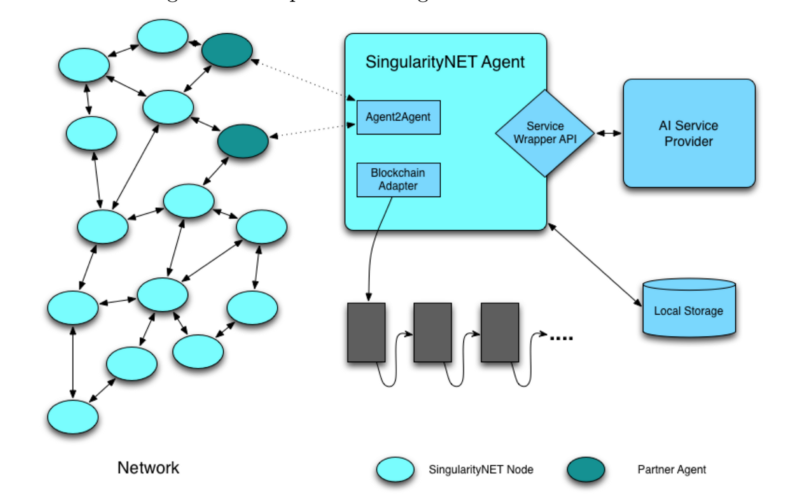Decentralized AI = AI + Blockchain + Internet of things
Cloud-based AI solutions and APIs from Google, IBM and Microsoft are currently dominating the AI market. A decentralized AI market is emerging from the combination of blockchain, on-device AI and edge computing and Internet of Things (IoT). Decentralized Intelligence Market The first segment of the market involves decentralized autonomous organizations deployed on Ethereum blockchain. DAOs …











